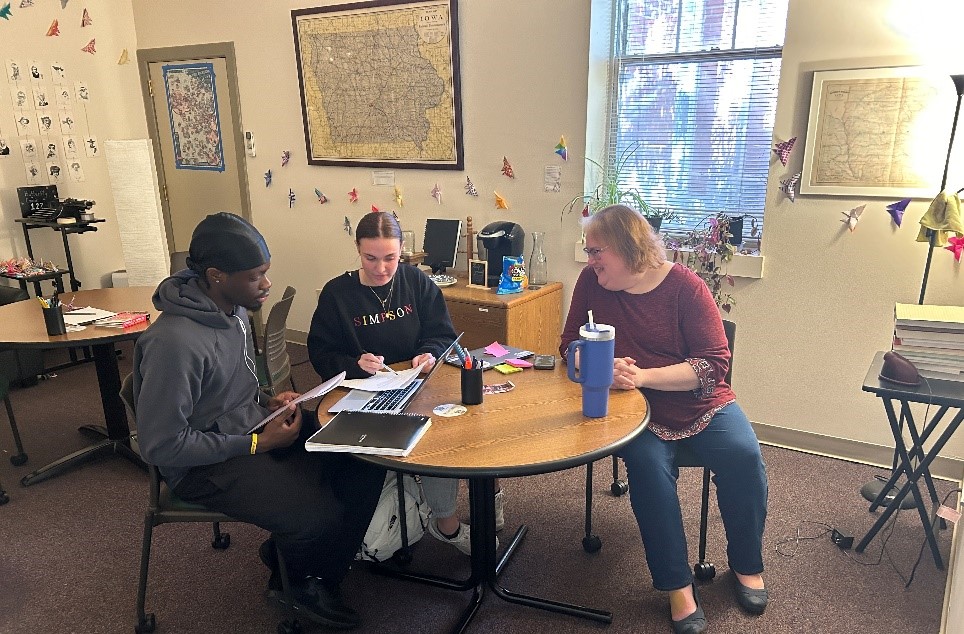Students should think before tweeting
November 1, 2011
You may have noticed a few more pieces than usual in our perspectives page recently on the topic of social media.
Those not interested might roll their eyes and grown on about another Twitter article.
However, social media is a hot topic on campus; students and faculty of all departments are jumping on board.
But there’s a trend I’ve seen in social media use in students across the country. Even those who have training in using social media “properly” consistently underuse the tool.
I don’t want to use the word “misuse,” as I don’t really believe there is a right or wrong way to use social media.
It’s all about pinpointing what you want out of it and determining a strategy that fits that use.
Unfortunately, many students that I think intend to use Twitter as a networking or professional tool end up undervaluing its potential.
While in Orlando last weekend at the National College Media Convention, I continually followed the event’s hashtag.
Surprisingly, I found very little of the chatter on the hashtag useful or relevant to me as a professional. Some typical non-interesting tweets included “I ain’t here for a long time, I’m here for a good time ;)” from @OhAshFo and “Party on the roof at midnight,” from @cyonnordoo.
Don’t get me wrong; I don’t necessarily have a problem with partying on the roof at midnight. But I was left thinking, “is this really all we have?”
If the students gathered at this convention are supposed to be the next generation of digital journalists, there does not seem to be many who truly understand how to utilize the tools.
Rather than believing that students would prefer to use Twitter as a tool to broadcast their party stories and irrelevant details, I’m going to be an optimist.
I think many students simply underestimate Twitter’s reach and potential. All the above tweets tell me is that these students have no strategy in mind.
Many people may not know that Twitter has been a career-boosting tool for communicators and businesspeople.
In journalism, National Public Radio’s Andy Carvin (@acarving) and the New York Time’s Brian Stelter (@BrianStelter) have built brands based on their use of Twitter.
In business, there is Guy Kawasaki (@GuyKawasaki), who is well known for his writing and his former position as Apple’s chief evangelist.
Even though their professions differ, there is a common thread that runs between their use of Twitter: they all have a strategy.
They live-tweet events, post interesting links and promote their own work. Seldom do they bore their followers with the miniscule details of their day-to-day lives. They use Twitter with a purpose.
So, as more and more students sign up for Twitter, I beg you, please develop a strategy.
If you have no interest in using the media professionally, that’s fine. But if you indicate and attempt to brand yourself as a pro, you must hold yourself to a higher standard.
This doesn’t mean you can’t tweet out a random Foursquare check-in or two, as I sometimes do. But if you have a set of standards or desire to impress and influence others, then each time before you hit “send,” remember your strategy.
Grant is a junior and the Simpsonian Perspectives editor. He is active in Simpson Religious Life Community and a former member of Student Government Association.





